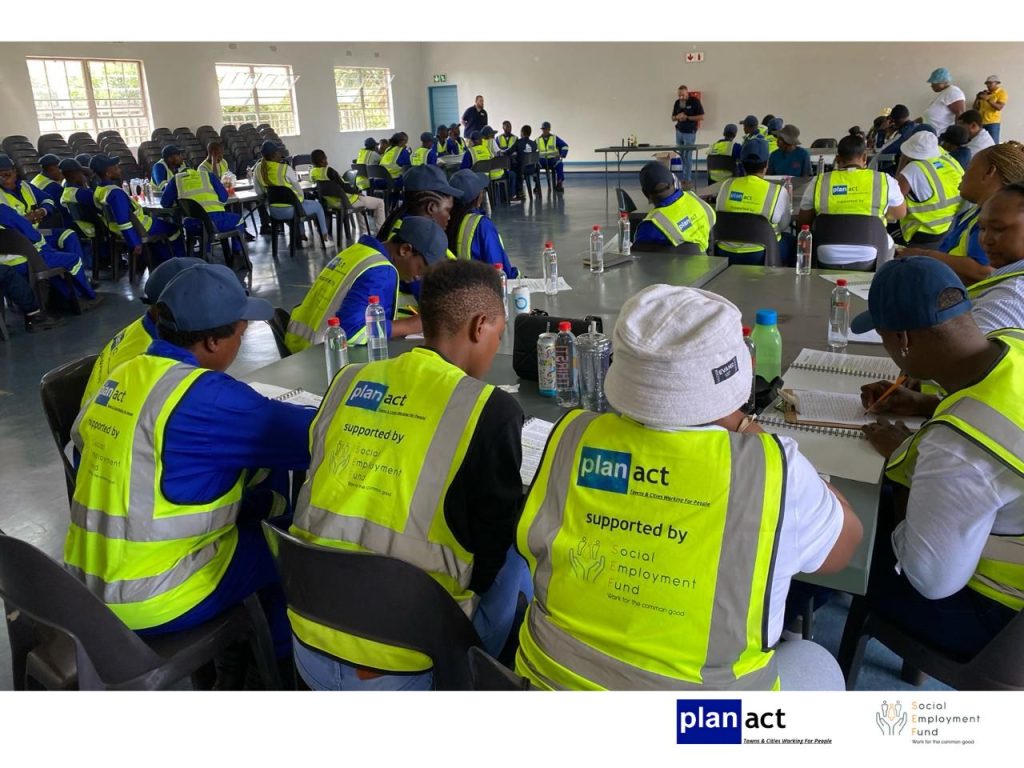Investing in training for community safety and security patrol is important for preventing incidents and promoting a shared responsibility in safeguarding the welfare of all community members.

As part of the Social Employment Fund project – safety and security theme, 64 participants from safety teams in Wattville and Skoonplaas in the City of Ekurhuleni received training to enhance their ability to identify and mitigate potential safety risks in their communities.
The training was conducted by Safe City Projects, a Centurion based company established by concerned residents who took it upon themselves to patrol the streets and invest in the safety of their community. In the City of Johannesburg, a total of 81 participants were also trained by the same company.
Through this social employment project, participants have a chance to protect their community while earning a living.
Presently, a total of 236 participants are actively engaged in promoting community safety across our partner communities.
Planact supports responsive living environments. This safety and security project fosters a sense of unity and cooperation among residents, thereby creating a network of support that enhances overall safety within the community.
